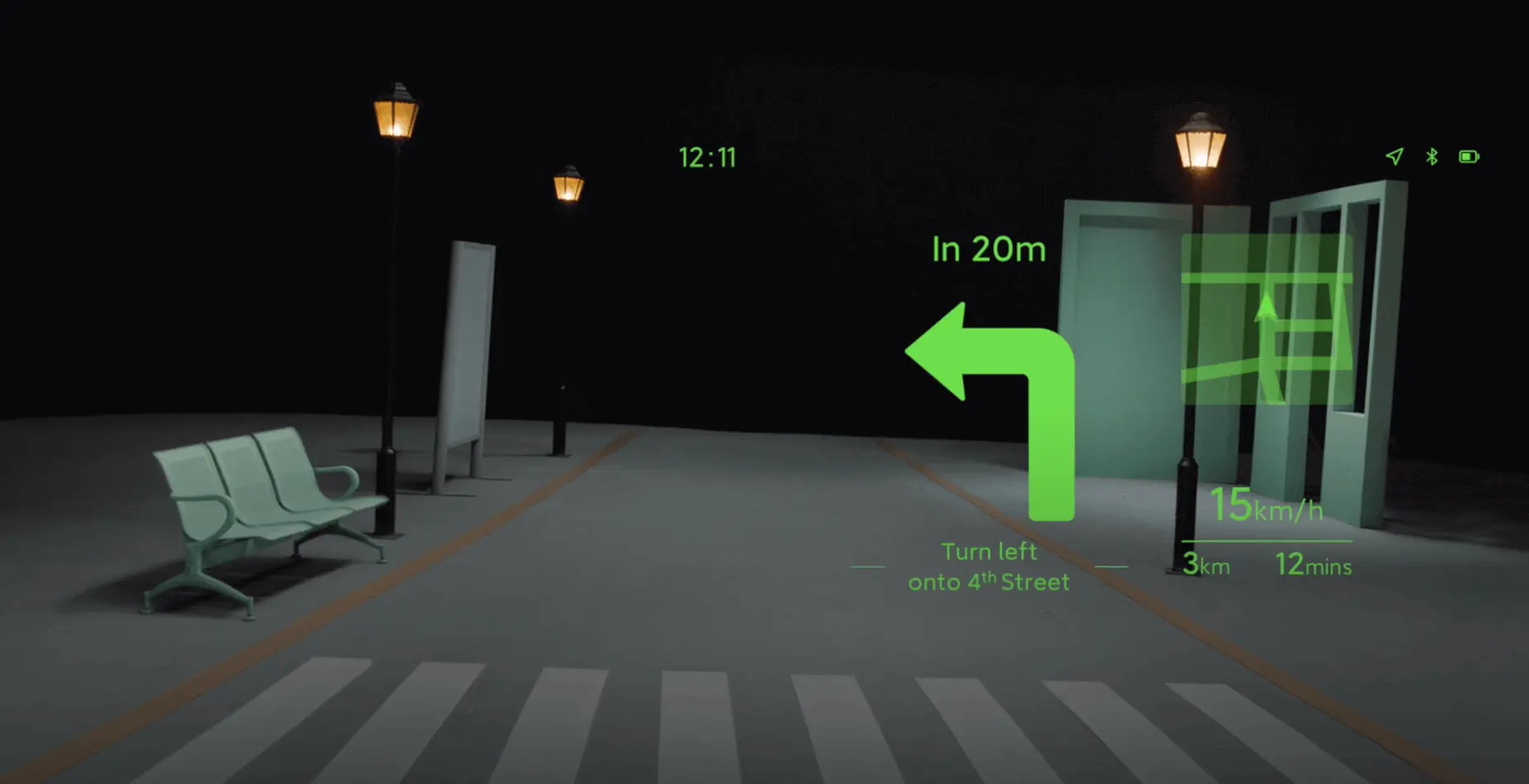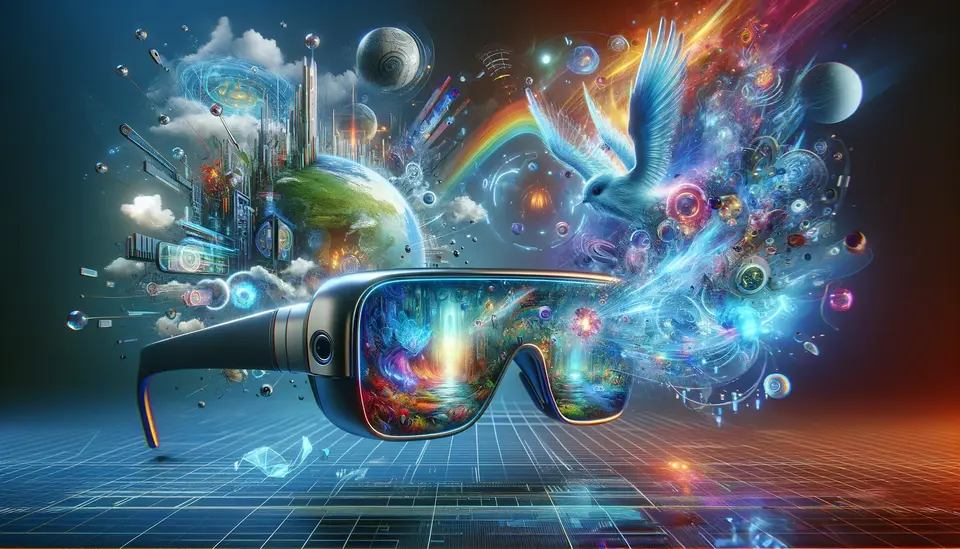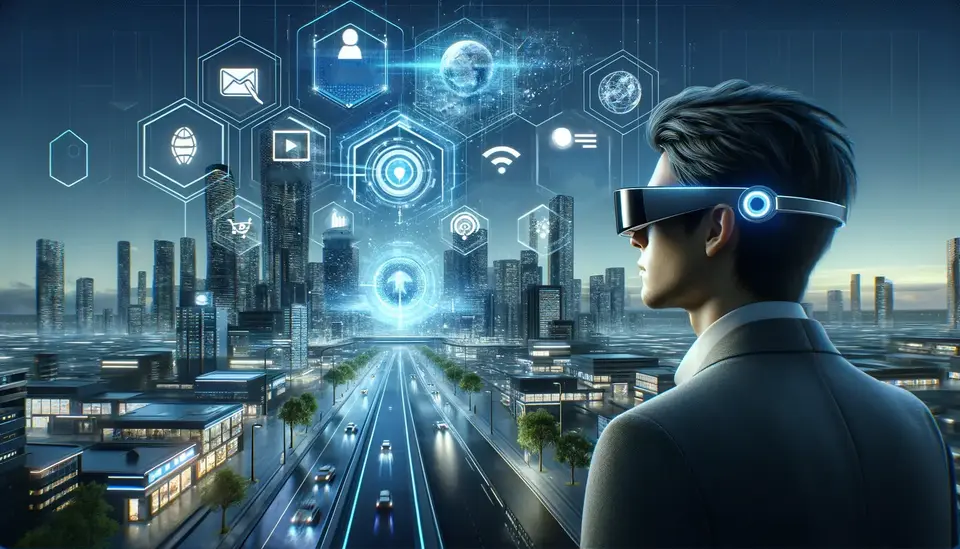Real Examples and Use Cases of Smart Glasses in Tourism
Posted on May 23, 2023 4 minutes 697 words
Table of contents
The intersection of technology and tourism has opened up an array of fascinating possibilities. Smart glasses, a form of wearable technology that leverages Augmented Reality (AR), are one such innovation that promises to redefine our travel experiences. This article will delve into the real-life examples and compelling use cases of smart glasses within the world of tourism.
Historical and Cultural Education with AR
Imagine strolling through the Roman Forum, wearing smart glasses, and witnessing a 3D reconstruction of the historic site as it would have appeared in its prime. This immersive, enhanced reality is not a far-off fantasy but a technological breakthrough rapidly becoming commonplace.
Smart glasses offer the ability to ‘overlay’ historical and cultural information onto the wearer’s field of vision. Google Glass, one of the pioneers of AR eyewear, has joined forces with GuidiGO, an app developer, to bring art collections from the world’s greatest museums to life. By simply focusing on an artifact, visitors can access a wealth of information about its origin, historical significance, and artistic context, without so much as touching their smartphones.
In places like Pompeii, the smart glasses-enabled AR can show you how the city looked before the infamous eruption of Mount Vesuvius, making the experience educational and profoundly moving.
Navigation and Local Discovery
One of the most exciting features of smart glasses is their ability to enhance local discovery and provide stress-free navigation. Rather than squinting at a map on your smartphone and getting lost in a foreign city, smart glasses overlay the directions onto your natural field of vision.
Companies like Vuzix Blade are pioneering this technology, enhancing the sightseeing experience with AR-powered navigation. These glasses not only provide real-time, turn-by-turn directions but also highlight points of interest. Looking down a bustling street in Paris, your glasses could point out a charming local bistro or a hidden historical landmark.

Health and Safety
The COVID-19 pandemic has underscored the importance of health and safety measures in all aspects of life, including tourism. Smart glasses can facilitate contactless check-ins, paperless travel, and virtual concierge services, reducing the need for physical interactions and ensuring safer travel experiences.
Language Translation and Accessibility
Overcoming language barriers is one of the most powerful applications of smart glasses in tourism. Nreal, a leading innovator in AR technology, offers smart glasses equipped with real-time translation capabilities. Reading menus, understanding street signs, or navigating a foreign subway system becomes significantly more manageable with instant translations appearing in your field of vision.
Additionally, smart glasses have the potential to make travel more accessible. Features like transcription services can help hearing-impaired users enjoy guided tours, while features to enhance visual clarity can be beneficial for users with low vision.
Environmental Conservation
Smart glasses can play a crucial role in promoting sustainable tourism and environmental conservation. They can bring to life the adverse effects of climate change, showing tourists how beloved sites might have changed over the years due to environmental degradation.
Such tangible demonstrations can be a powerful tool for promoting eco-conscious behavior among tourists, encouraging responsible practices like minimizing waste and respecting local ecosystems.
Immersive Tourism Experiences
With the integration of Augmented Reality and Virtual Reality, smart glasses can offer fully immersive experiences that can preview locations, plan a trip, or virtually transport users to places currently inaccessible. Companies like WorldSense are offering virtual tours of stunning locales, providing a 360-degree, immersive view of everything from ancient ruins to modern cities. These virtual tours can even extend to inaccessible or dangerous locations, like the summit of Mount Everest or the depths of the Amazon Rainforest.
Conclusion
Smart glasses are on the cusp of transforming the tourism industry, providing immersive, personalized, and enhanced travel experiences. They bridge the gap between our curiosity about the world and the information we need to make travel more enriching.
From overcoming language barriers to promoting environmental responsibility, smart glasses could revolutionize travel. As technology continues to evolve, who knows what the future of travel might hold? One thing’s for sure: with smart glasses, it’s going to be an exciting journey. Here’s to safe travels and amazing discoveries on your next adventure!








